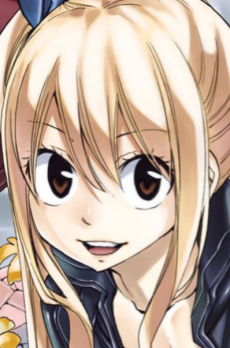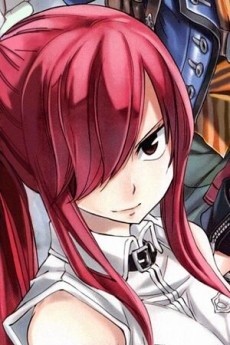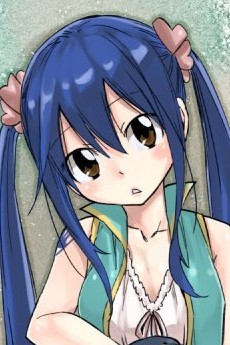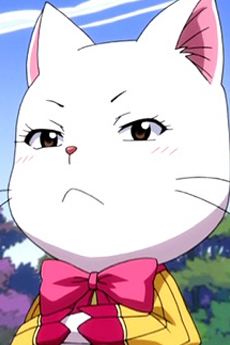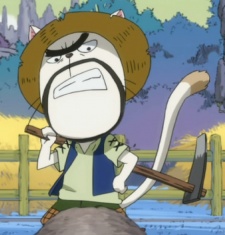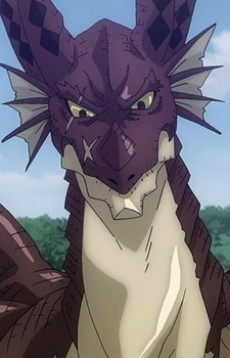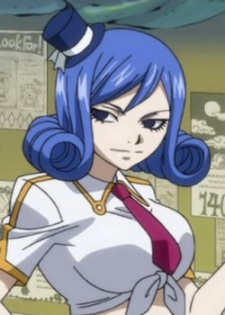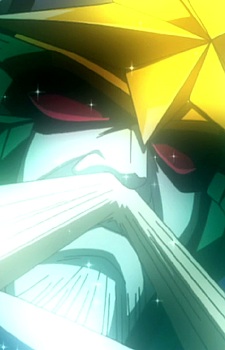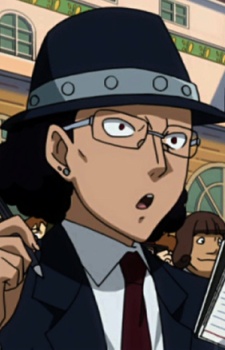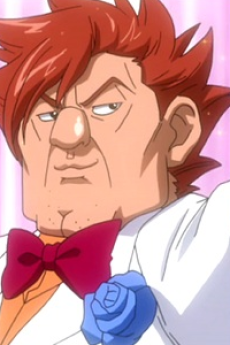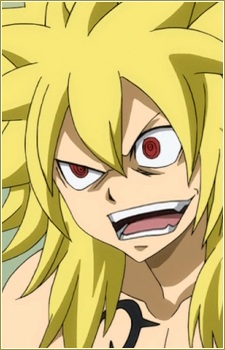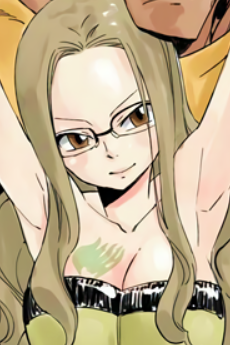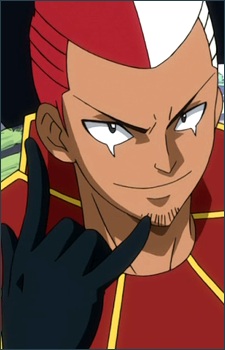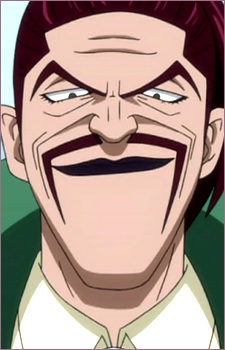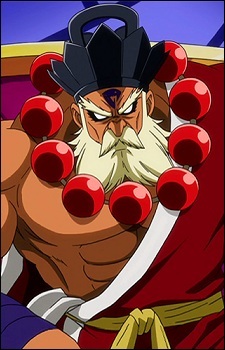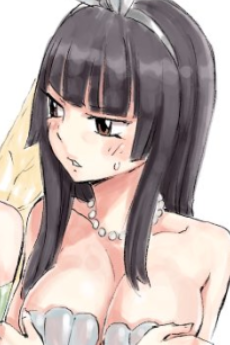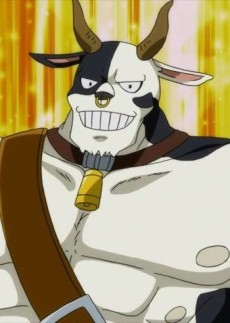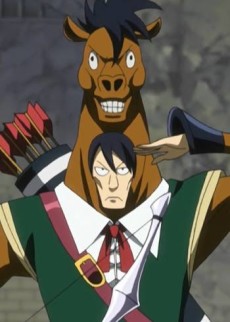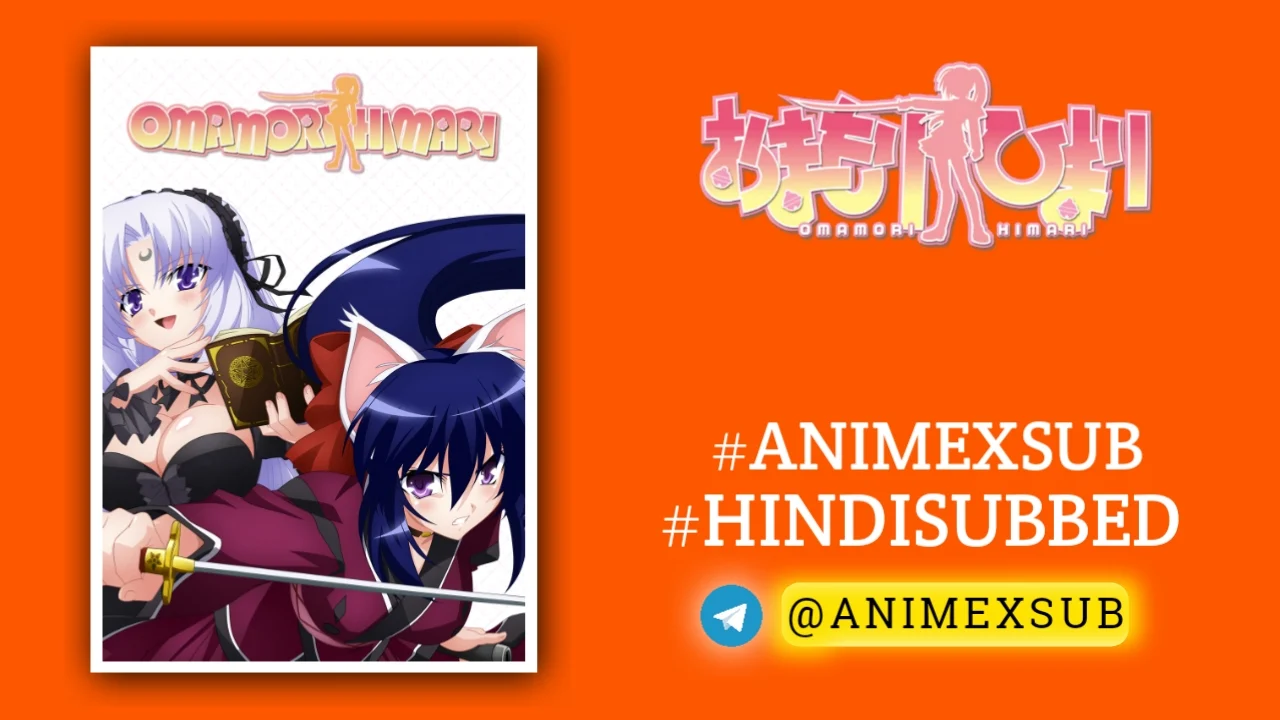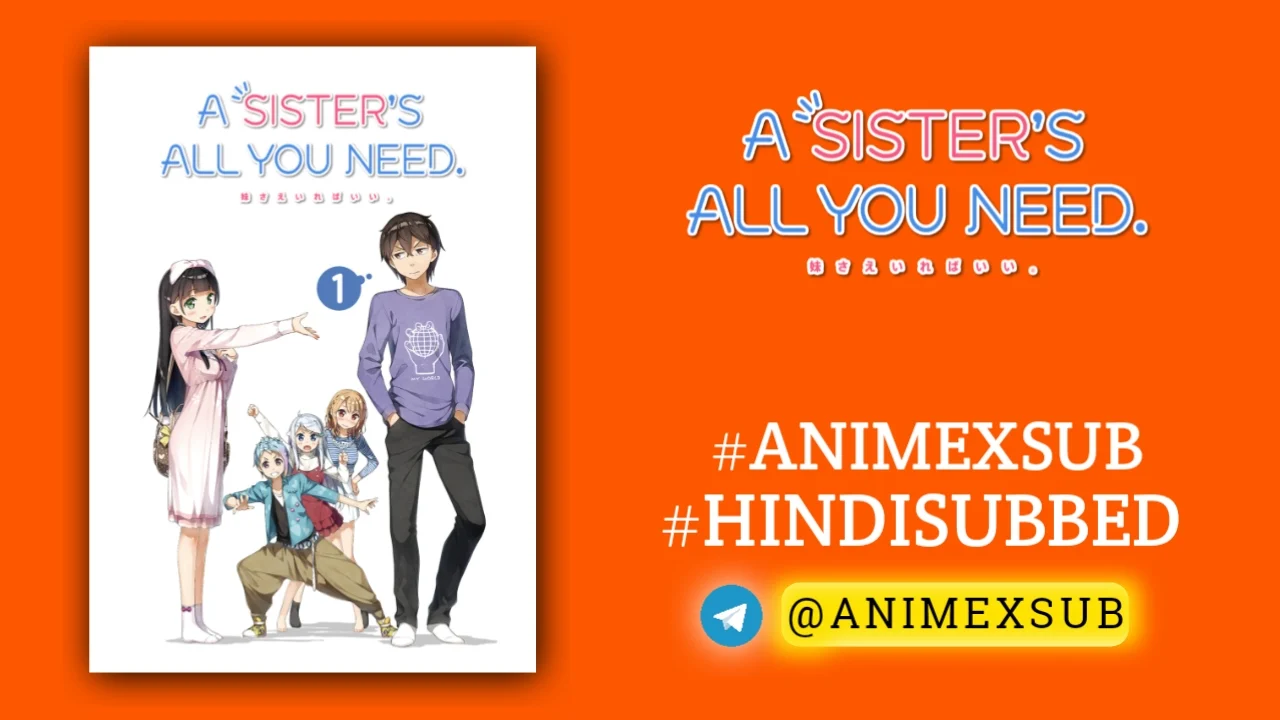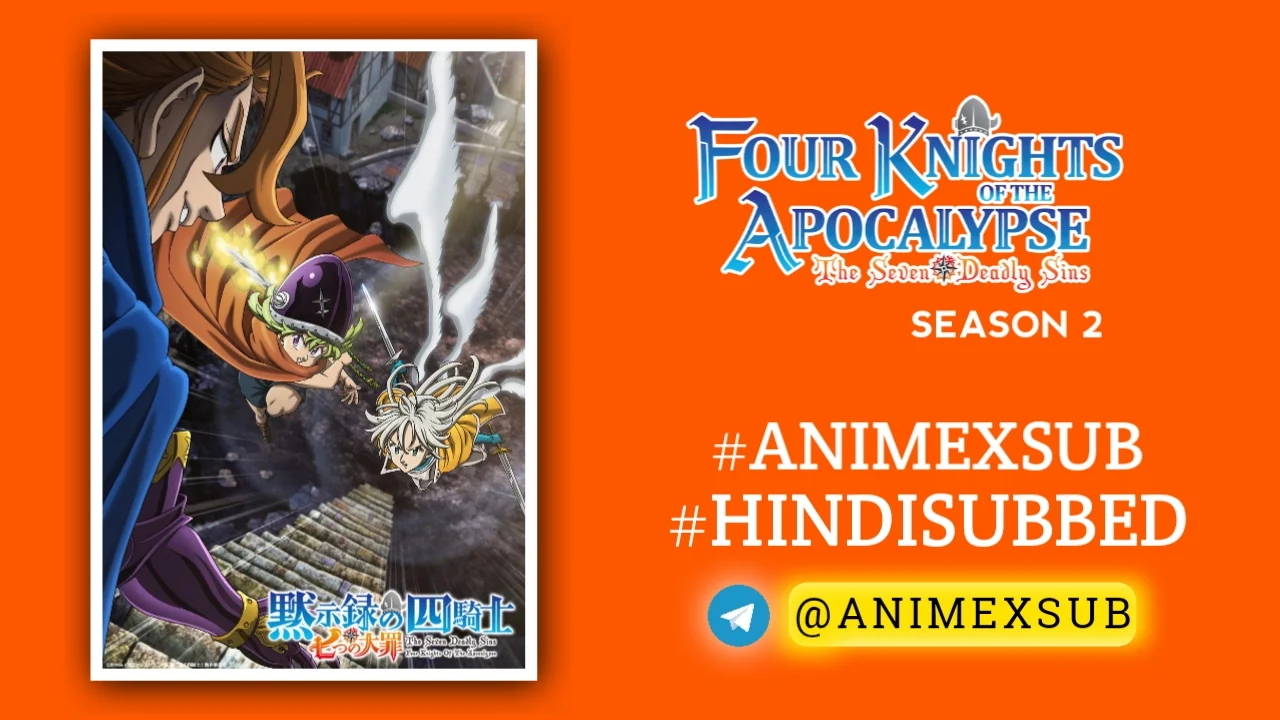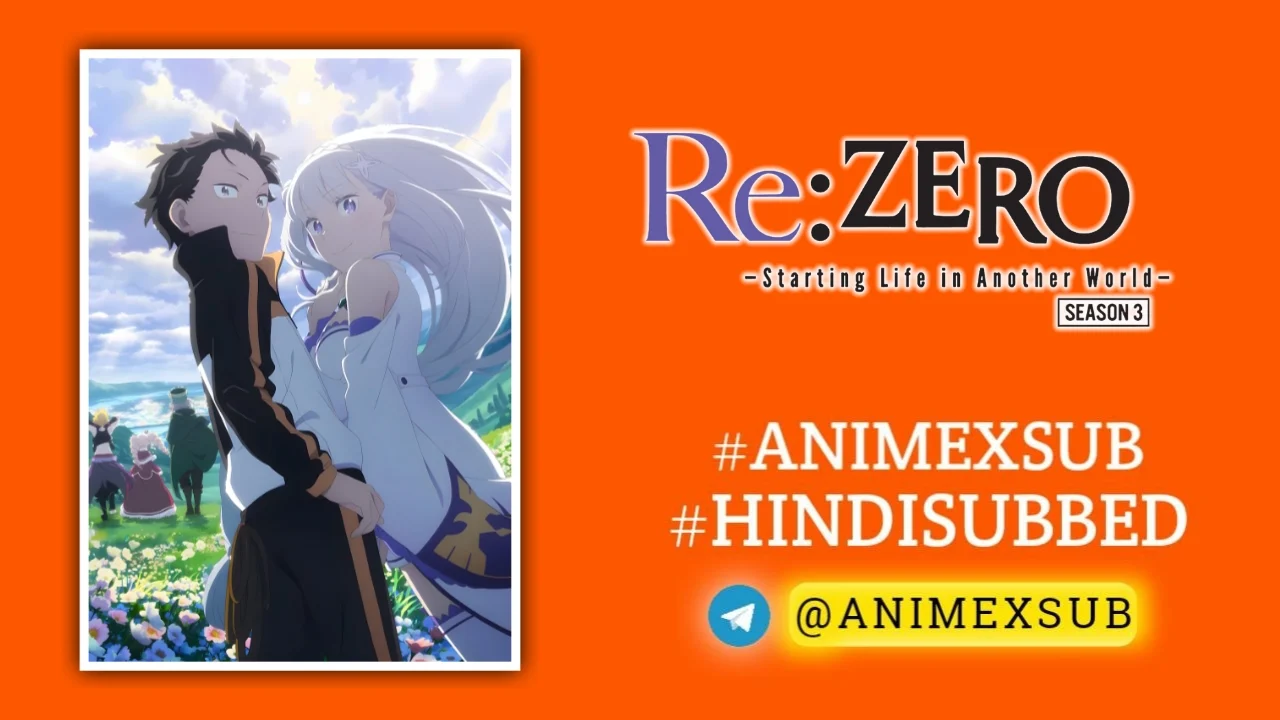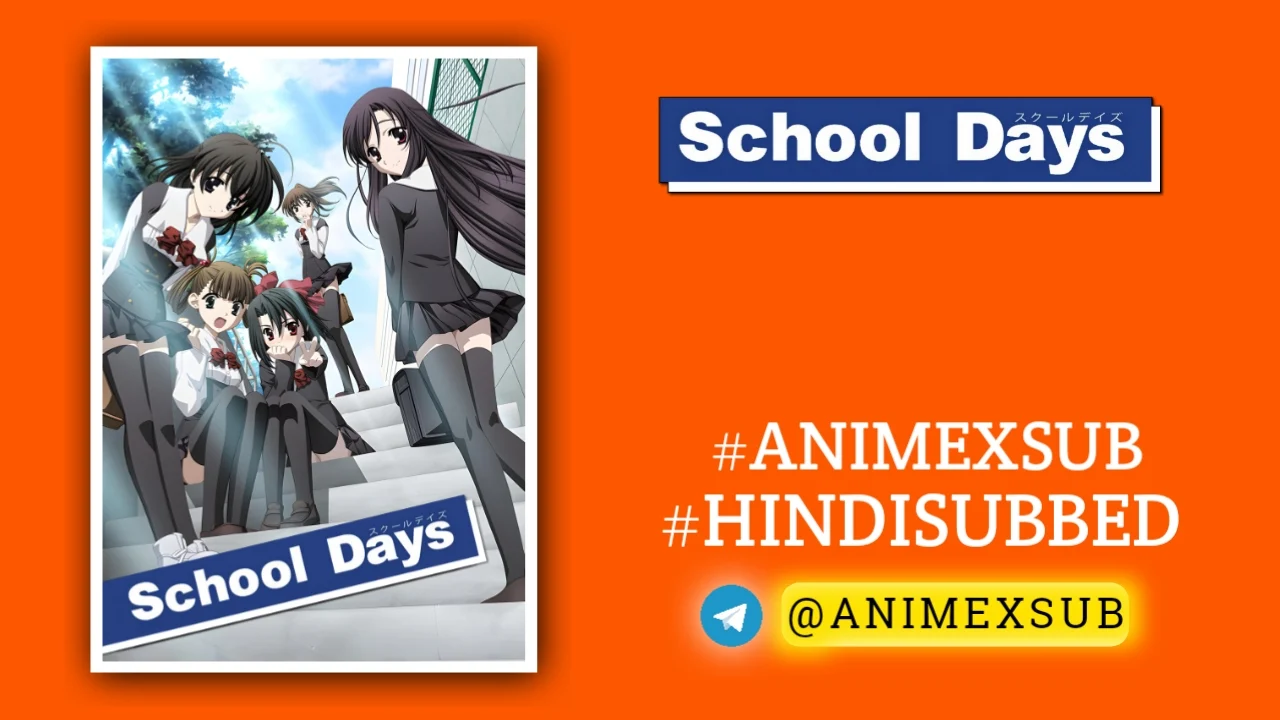
Fairy Tail Hindi Subbed [175/175] {Complete}

FAIRY TAIL
Fairy TailSynopsis
Across the Fiore kingdom, wizards join guilds and make their pay by filling magical needs—but one guild has a reputation as the roughest, rowdiest, most dangerous of all: Fairy Tail! When four young Fairy Tail members unite, their bond is forged by a power found in neither muscle nor magic and grows stronger with every mission. Whatever you do, don't mess with these friends or you'll get a taste of Natsu's flaming fist or Gray's ice hammer, suffer a painful blow from one of Lucy's celestial spirits or catch the edge of Erza's mighty blade! Whether they're stopping demons from devastating the world or wrestling in the mess hall, this mystical team manages to inflict as much damage to their rivals as they do to the surrounding area! (Source: Funimation)
Watch Trailer
Characters
The Fairy Tail Series: A Spellbinding Journey Through Magic, Friendship, and Resilience
Hiro Mashima’s Fairy Tail stands as a titan in the shonen anime and manga landscape, weaving a narrative that blends heart-pounding action, intricate world-building, and profound emotional depth. Since its debut in 2006 as a manga in Weekly Shonen Magazine and its subsequent anime adaptation in 2009, Fairy Tail has captivated audiences with its vibrant characters, sprawling magical universe, and an unrelenting focus on the power of camaraderie. This article dives deep into the series’ unique strengths, its narrative evolution, its cultural impact, and the elements that make it a standout in the genre, without resorting to hyperbole or promotional fluff.
The Core of Fairy Tail: A World Built on Bonds
At its heart, Fairy Tail is a story about a guild—a family of wizards in the fictional kingdom of Fiore, where magic is as commonplace as air. The series follows Natsu Dragneel, a fire-breathing Dragon Slayer, and his eclectic crew: Lucy Heartfilia, a celestial spirit mage; Gray Fullbuster, an ice wizard; Erza Scarlet, a requip warrior; and Wendy Marvell, a sky Dragon Slayer. Together, they tackle missions, unravel mysteries, and confront existential threats, all while forging unbreakable bonds.
What sets Fairy Tail apart from other shonen series is its unapologetic emphasis on friendship as a narrative cornerstone. While many shonen stories lean heavily on individual power-ups or rivalries (think Naruto or Dragon Ball), Fairy Tail treats the guild itself as a living, breathing entity. The guildhall is more than a setting; it’s a symbol of unity, where misfits find purpose and loners find family. Mashima’s storytelling insists that no one fights alone—every victory is collective, every loss shared. This ethos resonates in arcs like the Tower of Heaven, where personal traumas are overcome through mutual support, or the Grand Magic Games, where teamwork outshines individual prowess.
A Magical System That Sparks Imagination
Fairy Tail’s magic system is one of its most inventive features, offering a balance of structure and creativity that keeps battles unpredictable. Magic in Fiore is diverse, ranging from elemental manipulation (fire, ice, wind) to esoteric disciplines like celestial spirit summoning, requip magic, and takeover abilities. Each wizard’s magic reflects their personality—Natsu’s fiery impulsiveness, Gray’s cool-headed precision, Lucy’s reliance on trust with her spirits—creating a synergy between character development and combat.
Unlike rigid systems in series like Hunter x Hunter or Jujutsu Kaisen, Fairy Tail’s magic is deliberately flexible, allowing Mashima to introduce new spells or abilities as the story demands. Critics might argue this lacks discipline, but it mirrors the series’ chaotic, free-spirited energy. The Dragon Slayer magic, rooted in ancient lore, adds depth, with its origins tied to mythical creatures and a looming prophecy about Acnologia, the apocalyptic Black Dragon. This blend of whimsy and gravitas ensures that battles are both visually spectacular and narratively significant.
Narrative Arcs: A Rollercoaster of Emotion and Stakes
Fairy Tail spans over 500 manga chapters and 328 anime episodes, divided into sprawling arcs that evolve in scope and tone. Early arcs, like Phantom Lord and Tower of Heaven, establish the guild’s underdog spirit and delve into character backstories—Erza’s harrowing past as a slave, for instance, grounds her stoic strength in vulnerability. Mid-series arcs, such as Tenrou Island and Grand Magic Games, escalate the stakes with guild-versus-guild conflicts and national tournaments, showcasing Mashima’s knack for balancing humor, action, and heartbreak.
The Tartaros arc marks a darker turn, introducing demonic enemies and existential threats, while the final Alvarez Empire arc pits Fairy Tail against a militaristic empire led by Zeref, Natsu’s enigmatic brother. Though some fans critique the final arc for its pacing and reliance on “friendship power-ups,” it delivers emotional closure, tying up loose ends like Natsu’s origins and the guild’s legacy.
Mashima’s pacing is divisive—some arcs feel rushed, others bloated—but his ability to juggle a massive cast while giving each character moments to shine is remarkable. The series’ emotional peaks, like the sacrifice in Tenrou Island or the reunion in Tartaros, hit hard because they’re earned through years of character investment.
Characters: The Beating Heart of Fairy Tail
Fairy Tail boasts a sprawling ensemble, yet each character feels distinct. Natsu, the fiery protagonist, defies the typical shonen hero mold with his unpretentious loyalty and refusal to pursue power for its own sake. Lucy, often underestimated as the “heart” of the team, grows from a naive newcomer to a resilient leader, her celestial spirits (like Aquarius and Leo) serving as both allies and emotional anchors. Erza’s blend of ferocity and compassion makes her a fan favorite, while Gray’s internal struggles with loss add layers to his cool demeanor.
The supporting cast—Happy the talking cat, Juvia the lovestruck water mage, Gajeel the reformed rival—adds humor and depth. Villains, too, are rarely one-dimensional; Zeref’s tragic backstory and Ultear’s redemption arc humanize even the darkest foes. Mashima’s willingness to let secondary characters like Levy or Lisanna shine in key moments ensures the guild feels like a true community.
Art and Animation: A Visual Feast
Mashima’s art style is a hallmark of Fairy Tail. His clean lines, expressive character designs, and dynamic paneling bring Fiore to life, from bustling cities to desolate battlegrounds. The anime, produced by A-1 Pictures and Bridge, amplifies this with vibrant colors and fluid animation, though some filler episodes and inconsistent quality in later seasons draw criticism. The soundtrack, composed by Yasuharu Takanashi, is a standout, with tracks like “Main Theme” and “Dragon Force” elevating battles to epic heights.
Themes and Cultural Impact
Fairy Tail explores themes of resilience, redemption, and the search for belonging. It tackles heavy topics—trauma, sacrifice, prejudice—while maintaining an optimistic core. The series’ mantra, “Even if I can’t see you, you’re always by my side,” encapsulates its belief in enduring connections.
Culturally, Fairy Tail has left a mark on the anime community, inspiring fan art, cosplay, and a passionate fandom. Its spin-offs (Fairy Tail: 100 Years Quest, Fairy Tail Zero) and sequel manga expand the universe, while its influence is evident in newer shonen series that prioritize ensemble casts and emotional stakes.
Critiques and Complexities
No series is flawless. Fairy Tail faces criticism for its reliance on “nakama power” (friendship-driven victories), which can feel repetitive or contrived. The fan service—occasional gratuitous shots of female characters—alienates some viewers, though Mashima’s playful tone mitigates this for others. Pacing issues, especially in the anime’s filler arcs, can disrupt momentum. Yet, these flaws are often overshadowed by the series’ sincerity and emotional payoff.
Why Fairy Tail Endures
Fairy Tail isn’t just a story about magic; it’s a celebration of human connection. Its characters, flawed and lovable, remind us that strength lies in togetherness. The series’ ability to balance humor, heart, and high-stakes action makes it a timeless entry in shonen. Whether you’re drawn to its explosive battles, its intricate lore, or its unwavering optimism, Fairy Tail invites you to join its guild—and once you’re in, you’re family.
Fairy Tail Watch Order:
Main Series & Movie:
1. Fairy Tail (2009):This covers the first six seasons and includes various arcs like the Macao, Eisenwald, Phantom Lord, and Oracion Seis arcs.
2. Fairy Tail (2014):This season continues the story, covering arcs like the Grand Magic Games, the Tartaros arc, and the Avatar arc.
3. Fairy Tail the Movie: Phoenix Priestess: Watch after the Grand Magic Games arc.
4. Fairy Tail: Final Series (2018):This concludes the main storyline with the Alvarez Empire arc.
5. Fairy Tail: 100 Years Quest:This is a sequel series that continues the adventures of the Fairy Tail guild.
Buddy’s Episode 125-150 Hindi Sub Mein Nhi Hai Kyuki Yeh Episodes Fillers Hai.
Samjhe: Filler Episodes Kaha Jata Hai Woh Episodes Ko Jiska Main Character Se Koi Sampark Nhi Hai Yani Boring Episodes Joh Dekne Par Apke Time Barbaad Hota Hai 🫡
Download Links
Quality: HD [720p]
Support Our Anime Community!
Love watching the latest anime? Help us keep uploading new episodes by join telegram channel ❤️
Join Now!